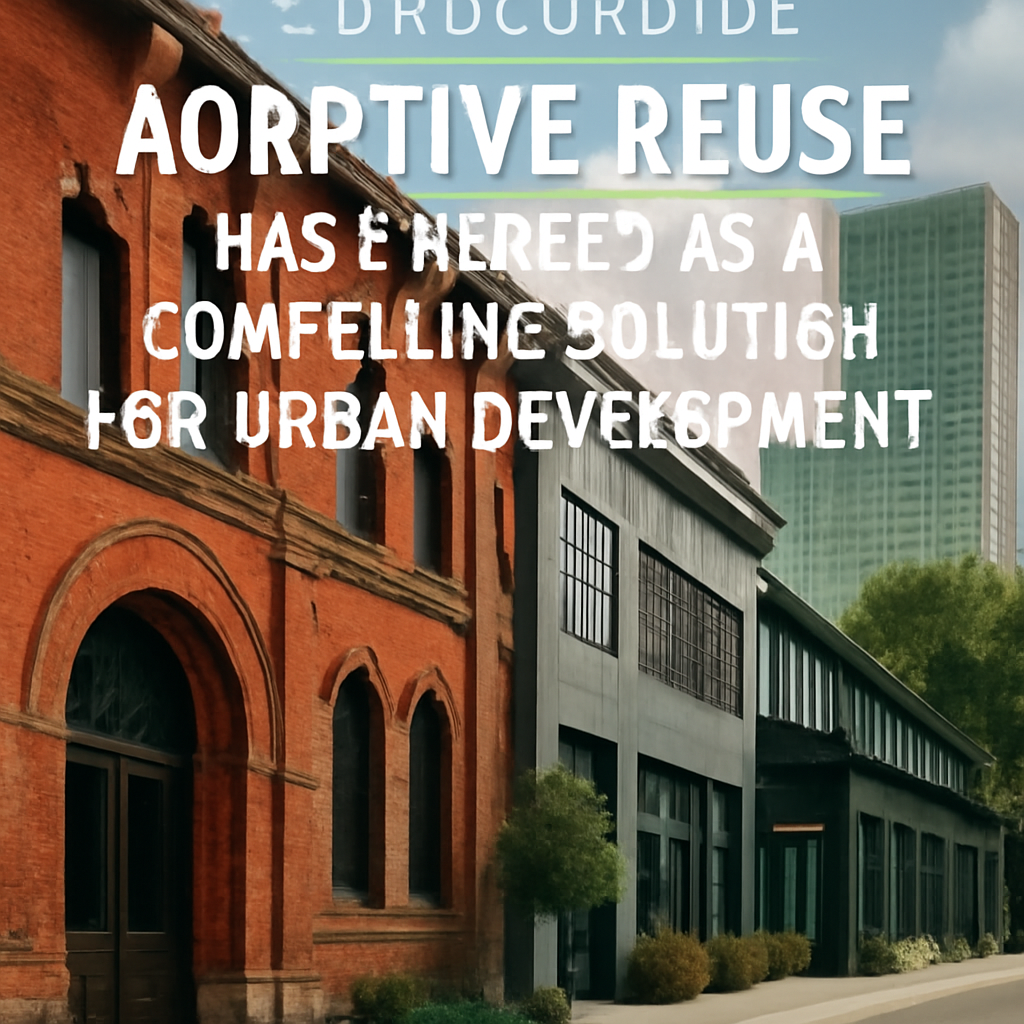Location
Mount Vernon, WA 98274
Location
Mount Vernon, WA 98274

As cities evolve, adaptive reuse has emerged as a compelling solution for urban development. This approach not only preserves the cultural heritage of a location but also addresses contemporary needs for sustainability and community engagement.
In the face of rapid urbanization and the increasing demand for sustainable practices, adaptive reuse has emerged as a transformative approach to architecture and urban development. This innovative strategy involves repurposing old buildings for new uses, allowing cities to retain their historical character while meeting modern demands.
Adaptive reuse is particularly relevant as cities grapple with the dual challenges of preserving their cultural heritage and addressing the urgent need for sustainable development. According to a report by the National Trust for Historic Preservation, repurposing existing structures can significantly reduce carbon emissions associated with new construction, making it a crucial component of urban sustainability efforts.
One notable example of this trend can be seen in the transformation of the High Line in New York City. Originally a disused elevated railway, the High Line has been converted into a vibrant public park that not only enhances the urban landscape but also serves as a model for incorporating green spaces into densely populated areas. This project has inspired similar initiatives across the globe, showcasing how adaptive reuse can foster community connection and environmental stewardship.
Furthermore, cities like Detroit and Philadelphia are embracing this concept by converting abandoned warehouses and factories into mixed-use developments that provide housing, retail, and community spaces. These revitalized structures often maintain their original architectural features, creating a unique blend of the old and the new that appeals to residents and visitors alike.
The benefits of adaptive reuse extend beyond environmental impact; they also include economic advantages. Revitalizing existing buildings can be more cost-effective than new construction, reducing the overall financial burden on municipalities. In addition, these projects often stimulate local economies by attracting businesses and tourists, thus generating revenue for the community.
However, the process is not without its challenges. Developers must navigate complex regulatory frameworks and address any structural issues that arise during renovation. Community engagement is also critical; successful adaptive reuse projects often involve input from local residents to ensure that the new developments align with the needs and desires of the community.
As cities continue to grow and evolve, the approach of adaptive reuse offers a promising pathway toward sustainable urban development. By celebrating and preserving the past while making room for the future, cities can create vibrant, resilient spaces that honor their history and embrace the needs of modern life. The challenge lies in finding the balance that allows for innovation without sacrificing the unique character that defines each urban landscape.